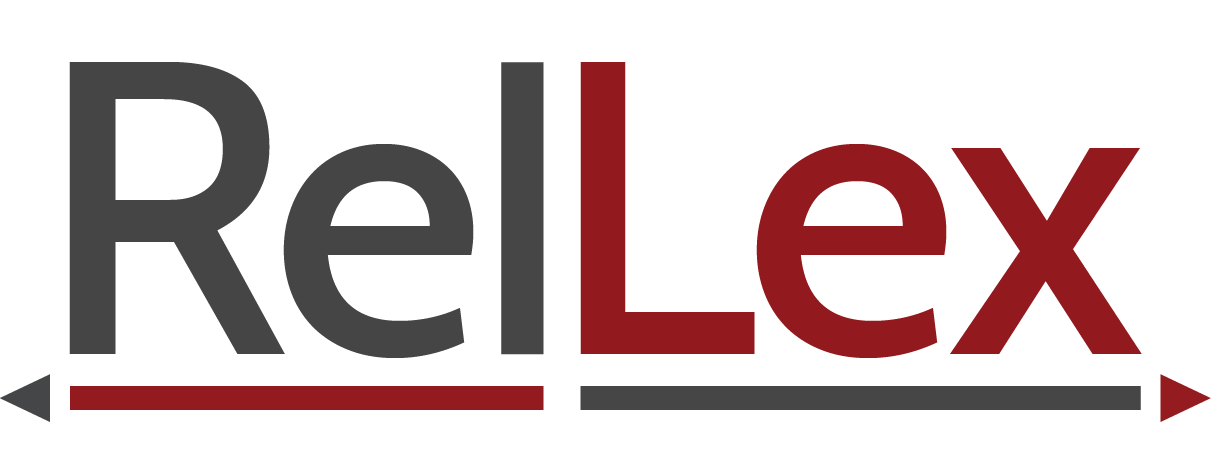The Dictionaries Knowledgebase
The Dictionaries Knowledgebase is a filterable catalogue of North American Indigenous language dictionaries. For each dictionary, we have looked to answer a set of questions about how both language data and information on speakers and contributors is represented, and how and in what formats are each dictionary is accessible. The volume of information included in each post varies, especially in cases where we were not able to access a dictionary directly.
In some cases, dictionaries may have titles which use outdated or offensive terminology, and posts may include language names which are disfavoured. We include this terminology in titles and posts as these terms can prove helpful for finding and identifying older materials. We have also included some dictionaries which may have problematic histories as the language data may still be important. When available, we have included links to articles and resources which explain this history.
If you know of any dictionaries that we have missed or neglected to include, please email us at dictionaries.arts@ubc.ca
The Dictionaries Knowlegdebase uses filters to make it easier to find information. A list of the filters and explanations of the categories we use is offered below.
Language – we have categorized each language with one name only. This can make it hard to find languages or dialects which may go by multiple names. If you are unable to find a language using the Language filter, you might try entering it in the Search area at the bottom left of the page, locating it using the Province/State filters, or using the Language Family filter. We are working to find a way to improve the Language category.
Language Family – much like language names, we have used one term per language family, although languages may go by different names, both historically and currently. This category can be used to compare dictionaries across a language families.
Format – is used to categorize what format(s) a given dictionary is available in. Dictionaries are often available in more than one format. The filterable formats are: digital book (this can be a downloadable pdf, epub, or a scanned archival document), physical book (a printed book, manuscript, microfilm, or microfiche that cannot be accessed online), website (any online resource which is not an digital book), multimedia website (a website which uses multimedia elements like audio, images, or video), and other (this includes games, CDs, tapes, or any other format that does not fit in the other categories).
Access – is used to identify how dictionary resources can be accessed. Dictionaries are often accessible in more than one way. The filterable access categories are: library (any resource which can be access through a library according to WorldCat, this includes dictionaries which are accessible through UBC or other institutional libraries, as well as public libraries), open access (any digital or online resource which is available to anyone immediately), paid access (any dictionary which you can or must pay for to access; this includes apps, as well as digital and physical books which can be purchased from community language organizations or publishers), members only (dictionaries which are accessible to a specific closed group of people, often approved community members only), and inaccessible/unverifiable (dictionaries which were mentioned or cited in other resources and we were unable to find, or website which are permanently or temporarily inaccessible).
Region – is used to find dictionaries of languages currently spoken or historically spoken in a specific province or state. Every Canadian province or territory and US state, and some Mexican states, are included. We have not yet scoped dictionaries of Indigenous languages of Mexico, but have included a few Mexican states when languages are spoken in both Mexico and the US. In the future, we hope to expand this category to include a clickable map which relies less on colonial borders.
Publication Year – we have grouped dictionaries into pre-1950s and post-1950s dictionaries, as pre-1950s dictionaries are often found in archives, may be less comprehensive, were usually not created collaboratively with community members, and likely include less information on dialects, speakers, and collaborators. Dictionaries published after 1950 have been grouped and are filterable by decade. Some dictionaries are categorized with multiple decades to account for multiple editions, or for websites which were launched and continue to be updated across multiple decades.
Dictionary Type – is used to refer to how many languages are included in the dictionary. The categories are: monolingual (only one language is included, i.e. there are no translations), bilingual (two languages are included, this includes dictionaries with one translation direction, or two), and multilingual (three or more languages are included, this is often a comparative dictionary, or a manuscript with word lists for multiple languages).
